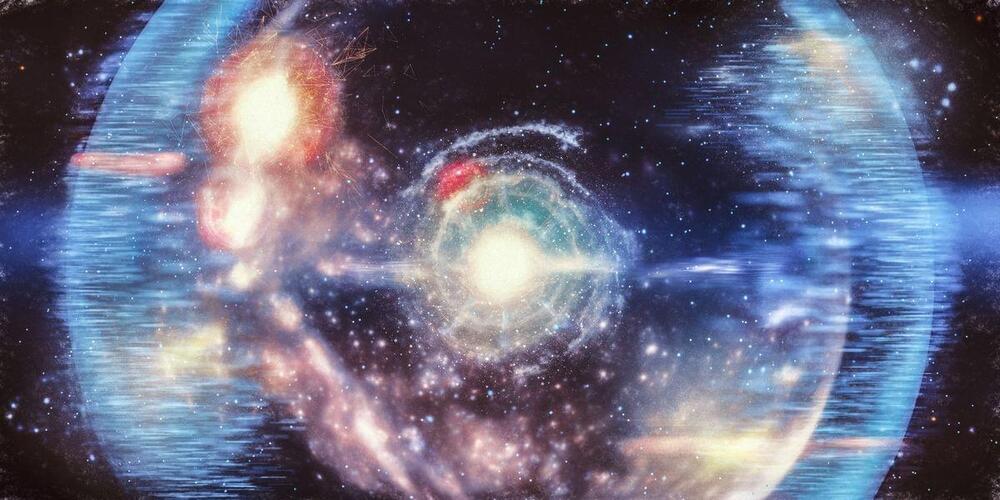A topological insulator, Bi2Te3, has been found to have spatially indirect spin-polarized excitonic states, opening the prospect of combining exciton and topological physics.
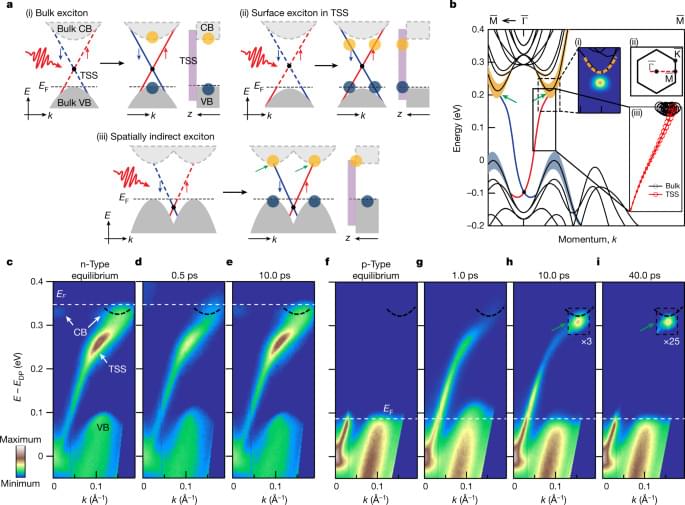

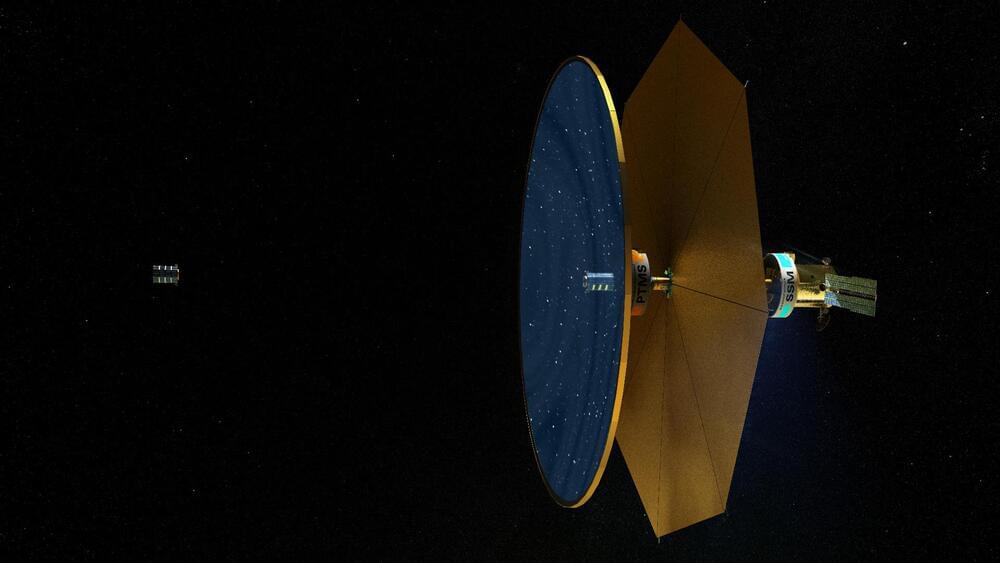
The Fluidic Telescope (FLUTE) project team, jointly led by NASA and Technion–Israel Institute of Technology, envisions a way to make huge circular self-healing mirrors in-orbit to further the field of astronomy. Larger telescopes collect more light, and they allow astronomers to peer farther into space and see distant objects in greater detail.
These next-generation large space observatories would study the highest priority astrophysics targets, including first generation stars—the first to shine and flame out after the Big Bang—early galaxies, and Earth-like exoplanets. These observatories could help address one of humanity’s most important science questions: “Are we alone in the universe?”
Like a carry-on suitcase, payloads launching to space need to stay within allowable size and weight limits to fly. Already pushing size limits, the state-of-the-art 21 foot (6.5 meter) aperture James Webb Space Telescope needed to be folded up origami-style—including the mirror itself—to fit inside the rocket for its ride to space. The aperture of an optical space observatory refers to the size of the telescope’s primary mirror, the surface that collects and focuses incoming light.
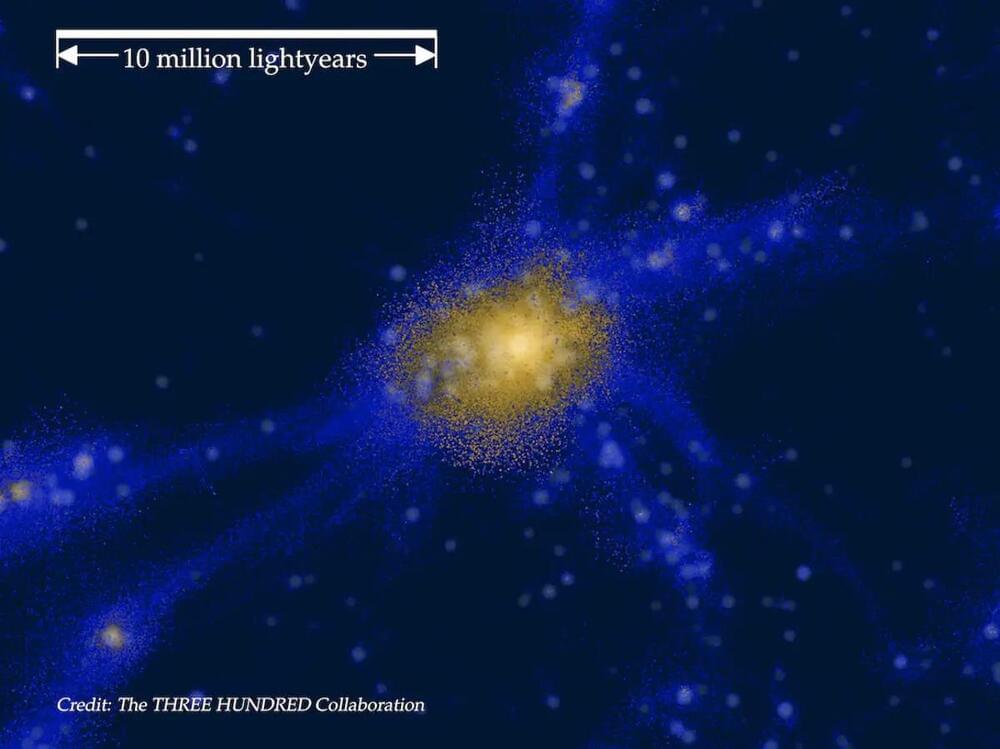
A new study published in The Astrophysical Journal Letters.
The Astrophysical Journal Letters (ApJL) is a peer-reviewed scientific journal that focuses on the rapid publication of short, significant letters and papers on all aspects of astronomy and astrophysics. It is one of the journals published by the American Astronomical Society (AAS), and is considered one of the most prestigious journals in the field.
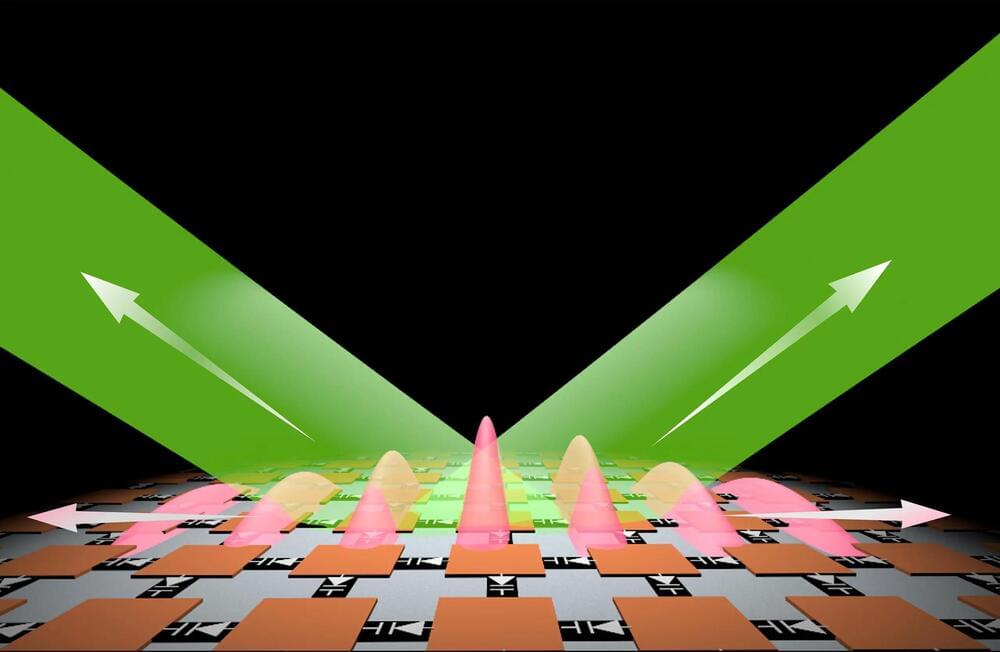
Scientists have created two-dimensional photonic time crystals that amplify light, with potential applications in improving wireless communications and laser technology.
Researchers have developed a way to create photonic time crystals and shown that these bizarre, artificial materials amplify the light that shines on them. These findings, described in a paper published in the journal Science Advances.
<em>Science Advances</em> is a peer-reviewed, open-access scientific journal that is published by the American Association for the Advancement of Science (AAAS). It was launched in 2015 and covers a wide range of topics in the natural sciences, including biology, chemistry, earth and environmental sciences, materials science, and physics.
The kardeshev scale of possible future technological advance.
In 1964, Russian astrophysicist Nikolai Kardashev figured that civilizations can be categorized by the total amount of energy available to them. He called it the Kardashev Scale. He initially came up with 3 civilization types; type 1, type 2, and type 3. However, other astronomers have recently extended the scale from type 0 all the way to type 7 as new theories in modern physics have emerged. Check out the complete playlist as we unveil each level of the Kardashev Scale! Enjoy the videos, and do let us know your thoughts in the comments!
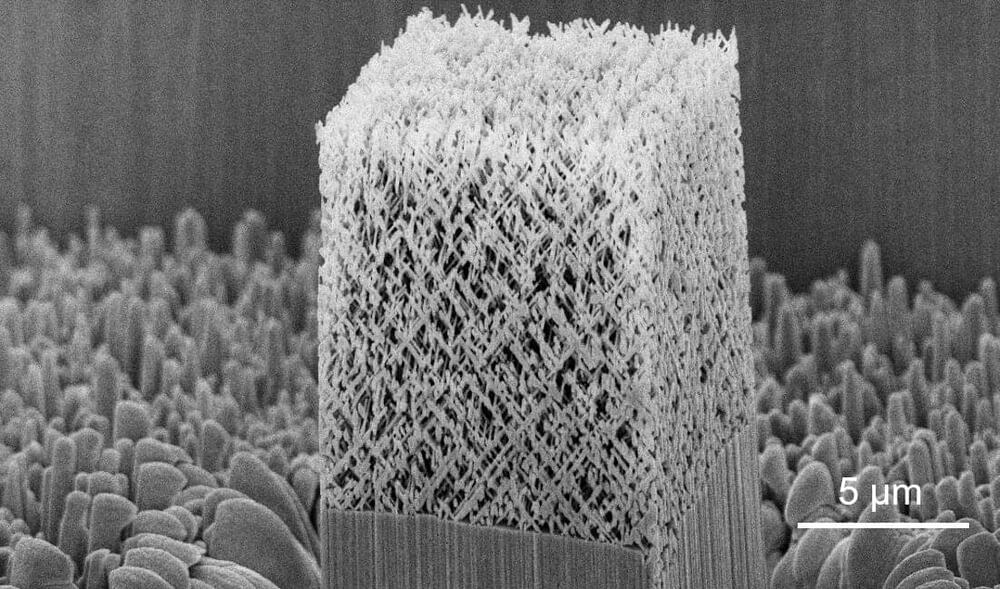
Chinese researchers have successfully fabricated mechanical metamaterials with ultra-high energy absorption capacity using ion track technology. The results were published in Nature Communications as an Editor’s Highlight.
The study was conducted by the researchers from the Materials Research Center of the Institute of Modern Physics (IMP) of the Chinese Academy of Sciences (CAS) and their collaborators from Chongqing University.
Mechanical metamaterials refer to a class of composite materials with artificially designed structures, which exhibit extraordinary mechanical properties that traditional materials do not have. Among them, energy absorption mechanical metamaterials can absorb mechanical energy more efficiently, which requires the material itself to equip both high strength and high strain capacity, which, however, hardly co-exist in general.
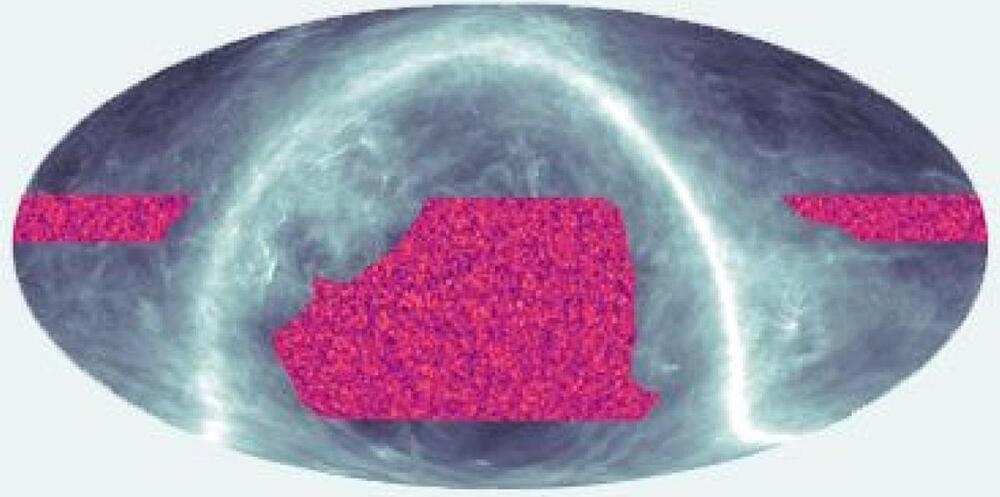
The field of plate tectonics is relatively new, and researchers are still uncovering the intricacies of geologic faults that cause earthquakes. One such fault, the Cascadia Subduction Zone, is a potentially catastrophic offshore fault located in the Pacific Northwest that has yet to reveal all its secrets. Despite its eerie calmness, it is capable of producing a massive magnitude-9 quake.
A study led by the University of Washington discovered seeps of warm, chemically distinct liquid shooting up from the seafloor about 50 miles off Newport, Oregon. Their research, published in the journal Science Advances.
<em>Science Advances</em> is a peer-reviewed, open-access scientific journal that is published by the American Association for the Advancement of Science (AAAS). It was launched in 2015 and covers a wide range of topics in the natural sciences, including biology, chemistry, earth and environmental sciences, materials science, and physics.
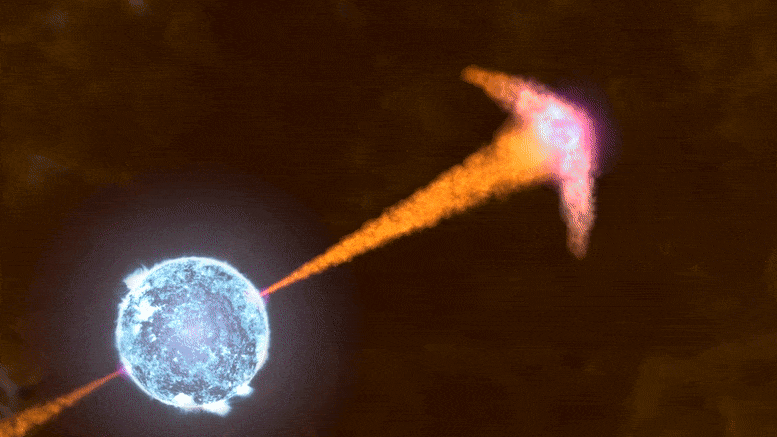
Scientists have analyzed the brightest gamma-ray burst (GRB) ever detected, named the BOAT (Brightest Of All Time) and GRB 221009A, which was observed by NASA
Established in 1958, the National Aeronautics and Space Administration (NASA) is an independent agency of the United States Federal Government that succeeded the National Advisory Committee for Aeronautics (NACA). It is responsible for the civilian space program, as well as aeronautics and aerospace research. Its vision is “To discover and expand knowledge for the benefit of humanity.” Its core values are “safety, integrity, teamwork, excellence, and inclusion.” NASA conducts research, develops technology and launches missions to explore and study Earth, the solar system, and the universe beyond. It also works to advance the state of knowledge in a wide range of scientific fields, including Earth and space science, planetary science, astrophysics, and heliophysics, and it collaborates with private companies and international partners to achieve its goals.
